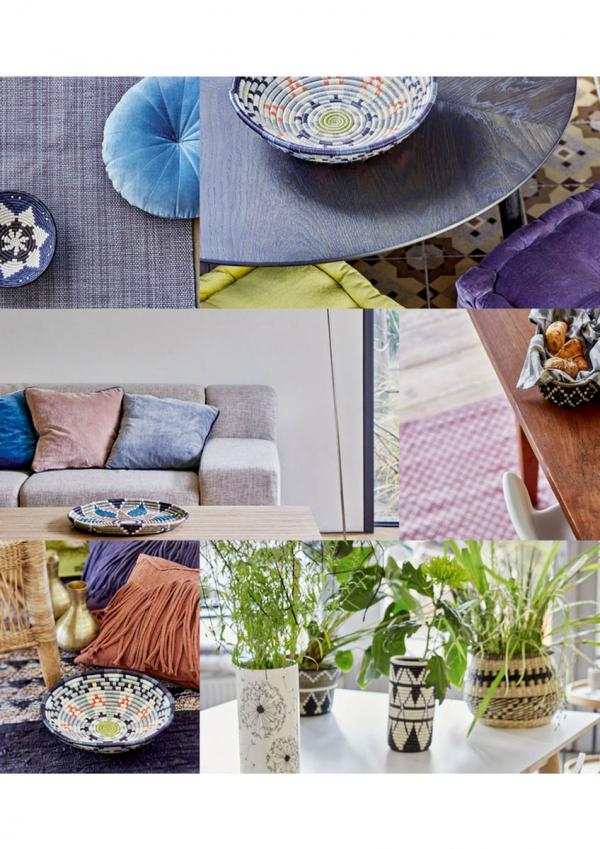For the spring summer season 2018, liv interior has decided to put the light on original elephant grass baskets made by women in Rwanda. Craftswomen in Rwanda use timeless tradition to weave carefully dyed sisal fibers and sweet grass to make stunning one of the kind pieces rich in cultural meaning and purpose.

why did we start the project?
We already have products with certifications (for example Good Weave) and in materials fair for the environment. So now we have decided to go further and to throw the light on a new project: the Rwandan baskets.
It provides a fair salary to the women involved in the project, weaving the baskets. It also creates jobs and markets, while being sustainable. This business model reaches deep into rural villages in the developing world and provides training and fair wage jobs that restore dignity and promote self-sufficiency. It restores dignity in work lead to a positive change.
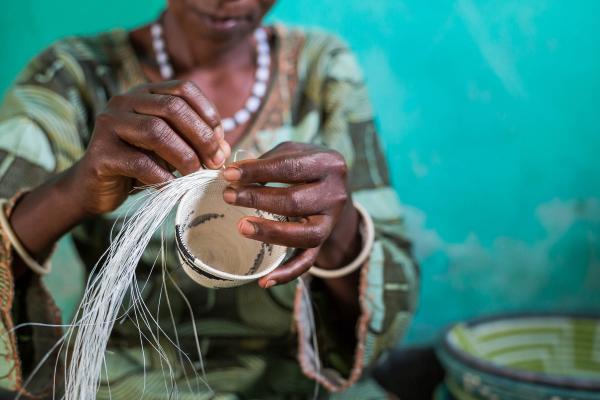
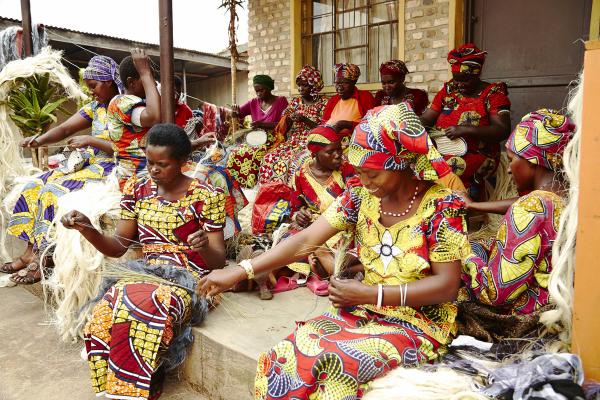
what is elephant grass?
A righteous tropical plant
Elephant grass is type of tropical plant that belongs to the grass family. It originates from Africa and grows in the pastures, open woodlands, wastelands, along the lakes and rivers and near the roads. It thrives in areas with tropical climate, on the moist, fertile soil. Elephant grass is mostly cultivated as animal fodder but also can be cultivated in ornamental purposes and to increase yield of commercially important crops.
Elephant grass …
– has coarse, hairy, yellow or purple-coloured, multi-branched stem that can reach 10 feet in height. It often grows in dense, bamboo-like clumps. – pretty looks like sugar cane. They differ in size (sugar cane can reach 19.8 feet in height) and shape of leaves (elephant grass has narrower leaves). – Elephant grass is used as animal fodder – can be easily cultivated in many areas because it does not require too much water and nutrients for the successful growth – can be harvested 4 to 6 times per year. – Elephant grass is often cultivated near commercially important crops to attract pests and prevent damage on the main agricultural crops. – is often cultivated as windbreak and firebreak. It is also used to improve fertility of the soil and in the control of erosion. – is perennial plant that can survive up to 20 years in the wild.
made by who?
handmade by rwandan women
On the etiquette of each basket we can read the story of a different weaver, explaining the positive consequences of that work for them. “My name is Marcelline and I am a weaver. My husband works as a builder, and together we support our children and family. I have been weaving for 24 years, I have earned enough money to afford electricity, clothes, food, school fees and health insurance for my family”.
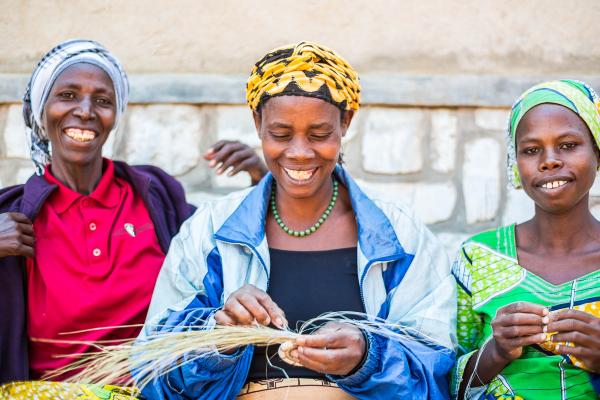
positive consequences
The fact that it is craft by women allow them to reach a better autonomy, in a country where the young women have a lower chance to complete their studies than the young men, and therefore are less likely to find a job and lift themselves out of poverty. Rwanda is currently progressing very fast in different fields, and the Rwandan baskets are a new opportunity to give women a chance to live a more comfortable life. There is a real recognition of their work and art and through the project they can earn their own money. Thanks to these new sustainable jobs, a disminution of the unemployment rate is to be hoped too.
where does the money go?
a fair re-distribution
The Rwandan women involved in the baskets project are given an equal salary for the work they do. That allow them to participate in the house expenses, and it contributes to a global increase of the standards of living because the family benefits from two incomes instead of one. So that school becomes affordable for these families.
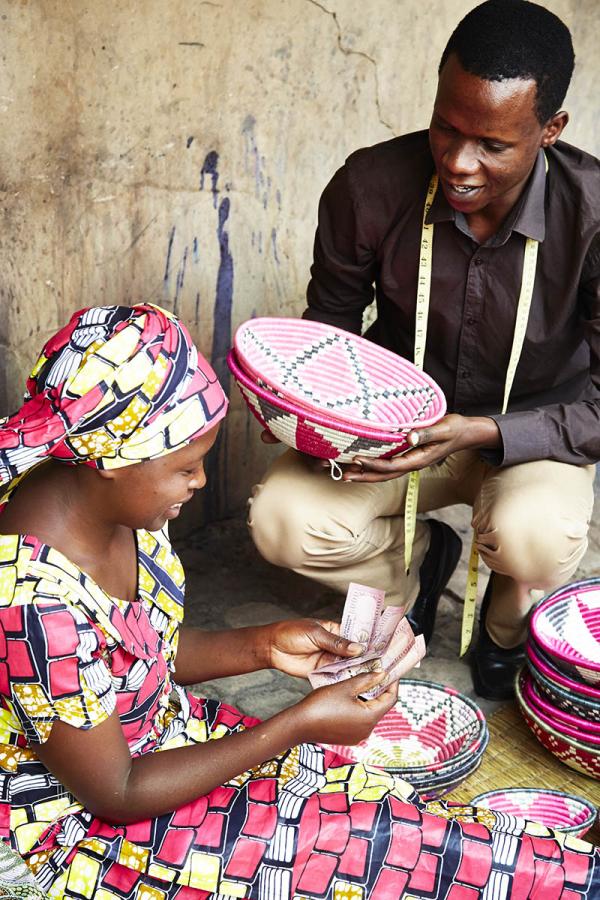
a participation from the final consumer
You, final customers, are also involved in the project. While buying the items made by these women you support their empowerment and allow them to increase their standards of living. Thanks to your financial participation, they have fair working conditions, and they receive a real income to carry on the project and see real advantages affecting their daily lives.
in a nutshell…
Each item has an original design, called the “sunburst pattern” which is reflected on the Rwandan flag and stands for the hope for a new dawn and brighter future. There is a broad range of products, as well as different ways to use them: bowls, fruits trays, vases, mural decoration…
The baskets are:HANDMADE
ETHIC
SUSTAINABLE
FAIR
ENVIRONMENT FRIENDLY
inspirations
